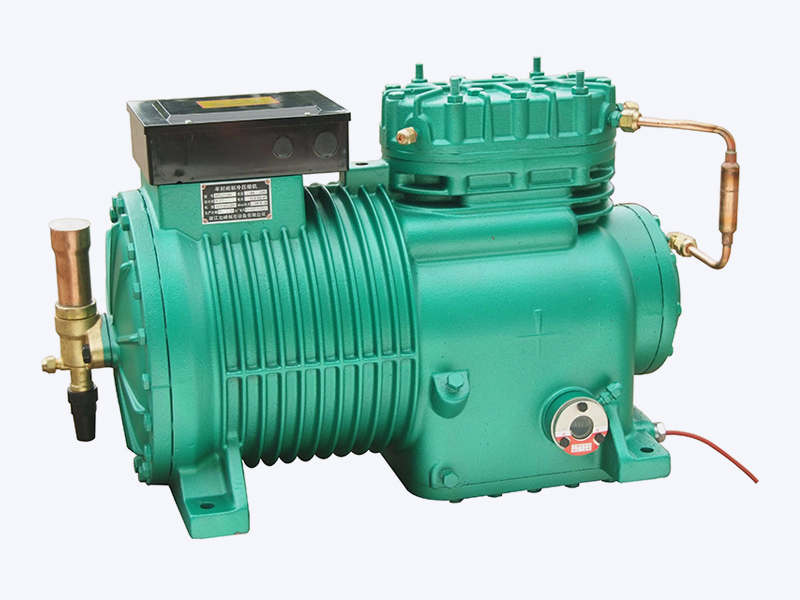Water-cooled condensers are a form of heat exchanger that transfers heat from the working fluid to a secondary fluid. The secondary fluid is usually water. When the secondary fluid is warmer than the working fluid, vapour will enter the condenser. These systems are useful for industries where operating temperatures may be high. Water-cooled systems will last for years with proper maintenance. A common example of a water-cooled condenser is in the construction industry.
A water-cooled condenser is made of a cylindrical shell and several straight tubes, the latter being usually made of copper. The condenser contains anywhere from six to 1000 tubes. These tubes are connected with end-plates that allow them to be removed for cleaning and maintenance. The condenser can be housed indoors or outdoors. There are two main types of condensers.
The initial condensing temperature can make a big difference in the size of the condenser. If the condensing temperature is less than 20degF, you may want to purchase a smaller, less expensive unit. Likewise, if the initial temperature is more than 20degF, you may need a larger, more expensive condenser. A good rule of thumb is that for every 10degF increase in DT, you will increase capacity by 8%.
The Water Cooled Condenser is an important component of an air conditioning system. It works to remove heat by changing the incoming water temperature with the temperature in the condensing water. This heat exchange is measured in BTUs/h. A high DT indicates a higher heat exchange rate. A lower DT means a lower amount of energy will be used. This is an important factor in choosing the type of water-cooled condenser.
Water-cooled systems are more efficient and require less maintenance. They also tend to last longer, with a higher heat transfer rate. They also require less energy than their air-cooled counterparts, saving money on energy costs. However, water-cooled systems have a few disadvantages. One disadvantage is that they may increase the net weight of the system and require more space to install. There are also risks of corrosion and scale buildup in the water supply line.
Water-cooled condensers may be an attractive option for small buildings with limited space. However, these systems require a cooling tower and water recycling. The water used in these installations is typically taken from rivers and lakes, and is not safe to return in a warm state to the water supply. This causes a significant impact on marine life. Another disadvantage of using water-cooled condensers is their high cost. These systems can also be expensive to maintain. In addition, they require large refrigeration capacity.
Another benefit of water-cooled condensers is that they are easy to install. They also last a long time. They are excellent for industrial process cooling applications. A water-cooled condenser also has a quiet operation and is very energy-efficient. A water-cooled condenser is an excellent choice if you have a large amount of industrial work that requires constant cooling.
A water-cooled condenser system can be smaller and can be installed in a plant room. Its efficiency depends on the condensing pressure. Choosing a smaller unit will reduce your energy bills, but increase your capital and maintenance costs. When you are selecting a system, it is important to know the capacity of the cooling system.
Cooling towers are a common component of cooling systems using water-cooled condensers. They are essentially large reservoirs that dissipate heat from the equipment. Typically, these cooling towers are made from shell and tube heat exchangers. The cooling water is pumped from the condenser through tubes to the cooling tower. There are many types of cooling towers, including induced draft, forced draft, cross-flow, and hyperbolic. Forced draft cooling towers require more fan power, but are less noisy.

 English
English عربى
عربى 简体中文
简体中文










.jpg?imageView2/2/w/300/h/300/format/webp/q/75)


